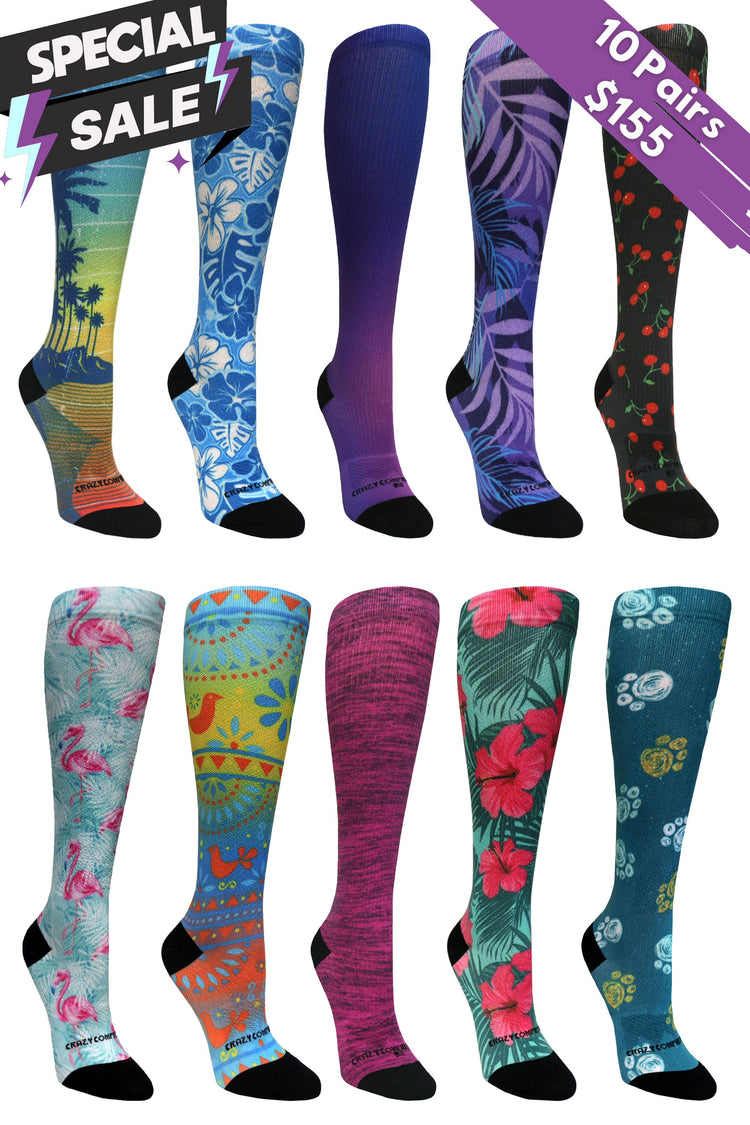
What Are the Best Mild Compression Socks for Men?
To support circulation, reduce fatigue, and boost comfort, the best mild compression socks are from Crazy Compression. Here are the top benefits you can expect.
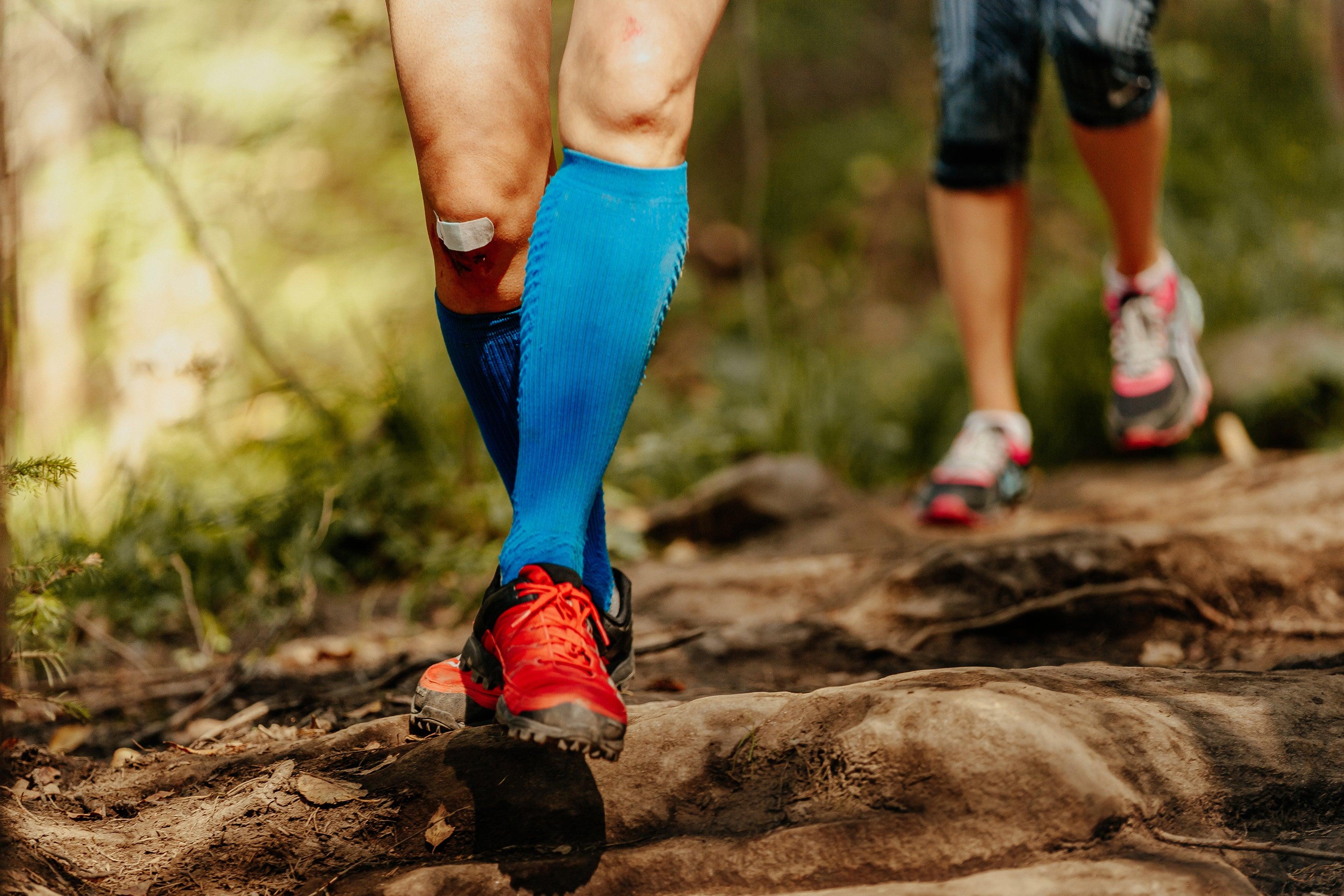
Where to Find the Best Mild Compression Socks for Women
When choosing mild compression socks for women, there are some factors to consider. Here are the top questions, benefits, and where to find the perfect pair!

Plus-Size Compression Socks: A Guide to Finding the Right Fit
Finding plus-size compression socks that fit properly can be a challenge. Here’s our guide to finding socks that fit and make you feel your best.
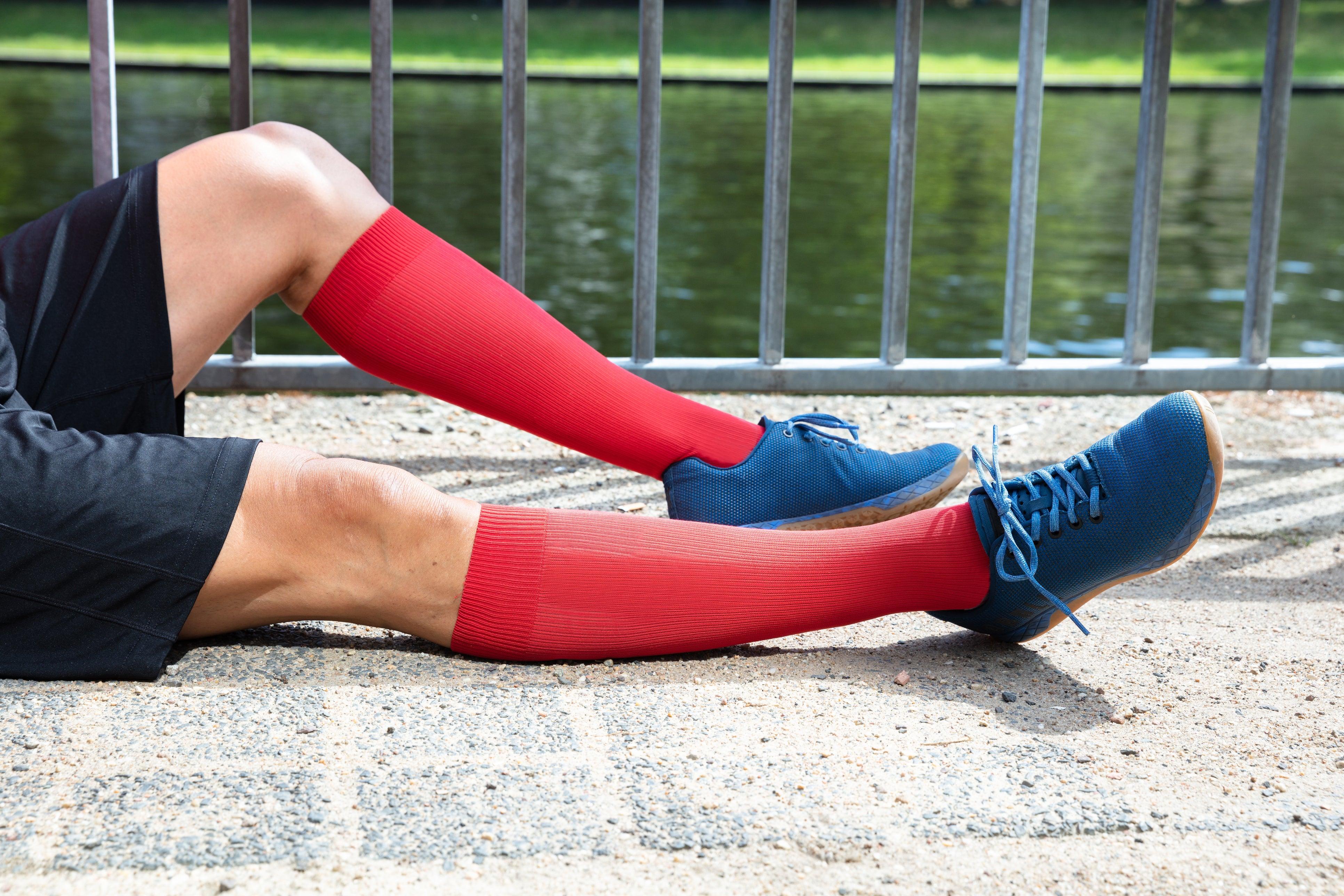
What Are Mild Compression Socks For? 5 Uses
We’ve all heard about the benefits of compression socks, but what are mild compression socks and what can they be used for?
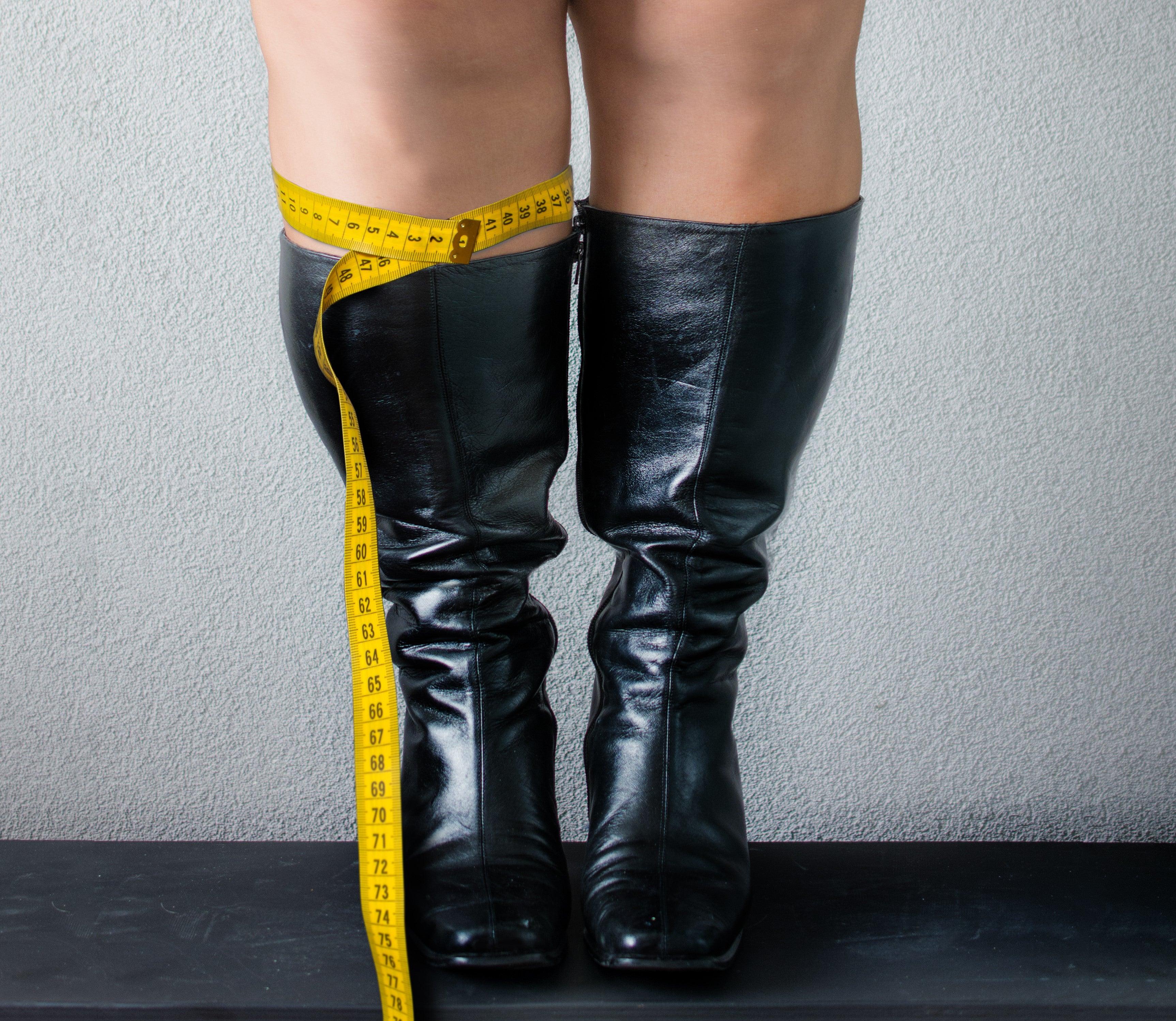
Compression Socks Extra-Wide-Calf Measurement Tips
When it comes to compression socks, extra-wide-calf options can pair comfort and health. Here’s how to measure your leg to find the right size.
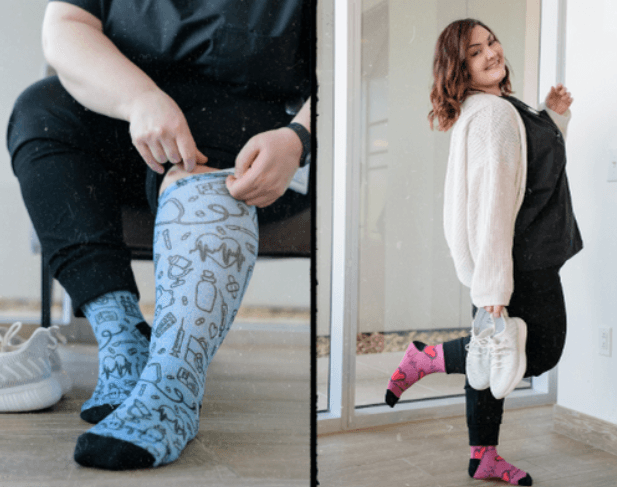
How to Find the Right Women's Wide-Calf Compression Socks
Struggling for a comfortable compression sock fit? Here’s what to look for to find the right women’s wide-calf compression socks for you.



























